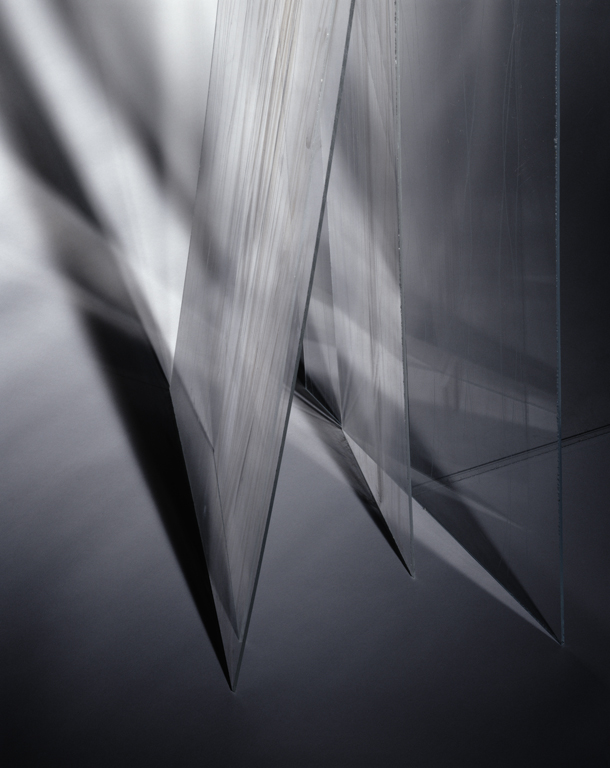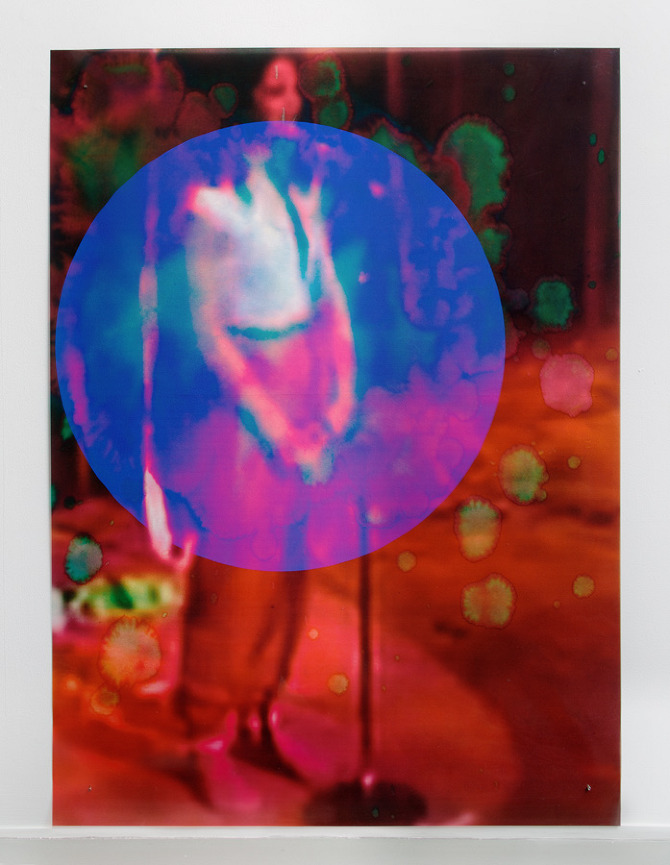Project 1 OBJECT NOT OBJECT
Assignment: Choose an object, shoot it in such a way to transform it into something other than itself using frame, camera angle, lighting, etc. Use your camera to examine light and shadow, texture and shape. While the object may possess meaning do not rely on this, the way it is photographed conveys the meaning. Do this 5 - 10 times! Please avoid cliche or easy answers (necklaces with hearts, momentoes, roses... see the "what not to shoot" list!). How does this object represent your own personal history? Is there a story? Can you connect this to a larger history or larger social critique? Tie in other disciplines or fields of study. Does the object exist to illustrate, question, critique? This assignment is intended to reinforce basic 2-d concepts, develop camera skills, and begin our discussion of seeing and thinking through images. The resulting series may be a self portrait, reflect an event or simply the time - our current situation. Focus on composition of frame, bracketing for correct exposure, use a grey card if available. Shoot 75+ images each week /10 images in the series. Process journal /150 word artist statement/ 10 prints (this will happen after we learn to print!)
Google Drive Hand in (10 jpgs - cyproject1_1.jpg
Photo history 1, F/64 photographers (Weston, Cunningham, Strand), Edwards Weston's Day Book excerpt , Harry Callahan Water’s Edge, Minor White (listen to npr interview with curator of Getty Museum curator Paul Martineau) etc
Farah Alquasimi Back and Forth Disco
Paul Strand,
Paul Capinigro,
Aaron Siskind,
Project 2 Constructed Image
The first project was intended to address identity and self, use this second assignment to address a political or social issue that is important to you (this may be related to your studies and other disciplines). Use the “Pictures Generation artist” from the slides as a starting point.
Construct an image using material, light, and color. Using material such as paper, magazines, aluminum foil, objects, and other found materials (recycle or find in nature), create or construct an object or scene. Bear in mind the social implications of material and how this might impact the concept and meaning of your project. Shoot 75 images each week (or more) /10 images in series with 150 word statement/ Process Journal / 10 prints
Photo history II: Looking at photograms, early 19th century cameraless photographs as well as contemporary imagemakers who are using the photograph to examine its intrinsic nature.
James Welling, Fischli & Weiss, Thomas Demand, James Casabere, Barbara Kasten, Laurie Simmons, Cindy Sherman, Barbara Kruger
Contemporary Photographers who explore the cameras intrinsic qualities / cameraless photography: Travess Smalley series in clay, Eileen Quinlan, Liz Deschenes, Spencer Finch, Elizabeth Duffy, Karine Laval , Kim Keever /
exhibitions: the Original Copy: Photography as Sculpture MoMa
/ Daniel Gordon +
Jessica Pettiway

Barbara Kasten
Create a series of images that document time and space. You may explore simple movement, long exposure, time of day, the weather etc to complete the assignment. You may also take this on as a performance. Successful projects take the formal aspects of time into the personal, social, and/or political, contain supplemental research -- it will draw ties to our SJ and ID outcomes
Shoot 75 images each week 225 total! / 10+ prints / 150 word statement / PJ 3
Suggestion: If you are interested in approaching this project as a straightforward documentation of time (one approach) you must be methodical, record your time, note your location. Certain exposures may need a TRIPOD, mark your spot if you need to return to the same spot. I want to avoid simple images of the LI sound and sunsets as well as camera shake that may result from a hand held camera.
Hirsoshi Sughimoto, Earth Artist (Robert Smithson, Dennis Oppenheim, Jan Dibbets), Andy Goldsworthy, Ana Mendieta, Spencer Finch, Performances: David Hammons, Mierle Laderman Ukeles, David Horvitz, Mary Mattingly, Will Lamson, etc
Reading: A monologue performed by artist Roni Horn "Saying Water" 2012
http://channel.louisiana.dk/video/roni-horn-saying-water / Optional Reading: Excerpt from Robert Smithson: The Collected Writings
Hiroshi Sugimoto "Union City Drive-In, Union City", 1993 Gelatin silver print

Harry Callahan (his wife Eleanor and his daughter Barbara) see article here
ASSIGNMENT: FINAL PROJECT
Part 1:
WEEK 10 Process - thinking and shooting:
SHOOT "EVERYDAY" for the next couple of weeks (a roll a day - 36 exposures)300-500images. This is a precursor to your final project and intended to assist you in both concept and form while formulating your proposal. Think about our current situation... do your photographs reflect this? Can you tie what you are doing to larger ideas, the impact on society and history- your personal history. Does this work address other disciplines and if so, how? One of the interesting things about shooting everyday is that you don’t necessarily have to think before you shoot - you can shoot and then think. Art is often used to understand a situation but also represent, question, and share... it is singular process with a collective experience.
As you are shooting remember that you control the frame and make compositional decisions. The viewfinder is a blank canvas. Composition is determined by where you move and how you decide to frame the picture. Look for light (and don’t forget about light... dorm light can kill a picture) and color--this determines an interesting picture (b&w* or color). Let things happen! Take a “boring” picture. Make a mistake. Please avoid this being a documentation of what you do everyday... get up make coffee, brushteeth, etc. This is about seeing and looking throughout your day.
Process Journal: Write down your thoughts in any form you choose, such as a list of subject matter, conceptual thoughts, narrative plots, places to photograph. Make a list of ideas / things that are important to you / inspire you. This is contrary to our social media image based world and way of working. Slow down so your mind can dissect what you are seeing, analyze contents and inspect what interests you. Draw from other disciplines and research. Look through your images and make "piles" subject matter, themes, etc. Write this down. Which photographers that we have looked at are interesting/inspiring to you, regardless of exact connections to your photographs. Look up their work and find sources (preferably their own website or museum websites.) Include images in your process journal as well as research. Please plan to look at at least one artist a week
Please note that you will shoot and work on your process journal with these prompts in mind each week as you develop your final project.
WEEK 11: WIP Final Project
Due: "Shoot Everyday."500-800 images images due in Lightroom - Individual Meetings
Assign Proposal/process journal continued -- please look into an artist a week
Project Proposal: Please include your idea and process (this is NOT your process journal: it is a separate document however you will pull and develop thoughts, quotes, artist references that you documented in your process journal). Read handouts... include artist(s) or ideas presented in the class that influenced you. Try to be specific as possible - state the photo historical movement, art historical movement, artists name and specific work, describe the image briefly in relation to your work (must be established photographer represented in photo history /with an exhibition record). This proposal will be reworked into an artist statment to be handed in for your final project. See handout- writing and artist statement and Writing about art and glossary
WEEK 12: PROPOSALS DUE (Tuesday Midnight) / Before class: export 10 jpgs and include in a folder -- google drive -- at this point you should have 10 images chosen -- this may change as project develops (800+ images) / DUE: Project Proposal 1 page / WIP Process Journal part 1 (PJ4)-- please continue to look into an artist a week
WEEK 13: OVERSIZED PRINT WORKSHOP AND WIP Lightroom meeting / 15 (out of 20) final project images / 900+ images / 5 prints of your strongest images / Before class: Export 2-3 Final project dngs / (please note that oversized print workshop and work in progress is part of your final project grade -- chosen images this may change as per WIP critique)/ Process Journal continued please look into artist a week
FINAL CRITIQUE, Lukacs Gallery 9:30am --12:00pm 20 jpgs/20 prints (specifics to be determined) /oversize prints (1-2)/ 2-3pg Artist statement printed / process journal final PJ5 reflecting your progress
* please follow the list of what NOT to shoot:
Avoid making this your subject: Long island sound/beach, sunsets, seagulls, Fairfield university signs and flags, your dorm room (as subject), parties, beer cups, roses, your puppy or dog... to be continued! This is similar to taxi cabs and light trails in NYC and barns in Upstate New York

